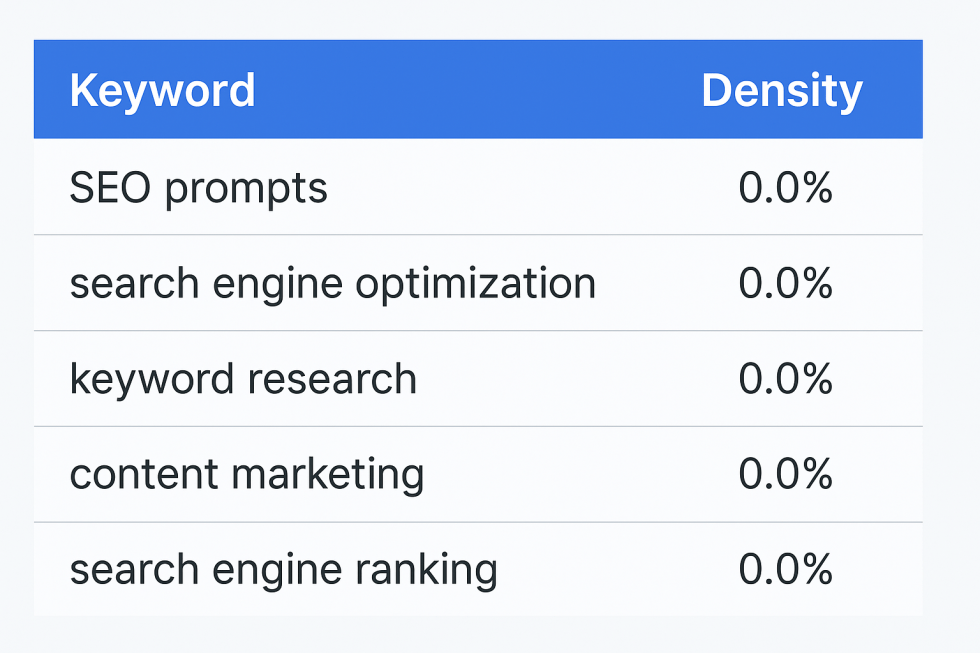In order to install the Facebook pixel on your website, you first have to make sure you're using a platform that supports third-party applications. Some of the popular platforms include BigCommerce, Google Tag Manager, Magento, Shopify, Squarespace, Woocommerce, and Drupal. You can also install the pixel by copying it from another website. This article focuses on how to install Facebook's 'pixel' on your website.
. After you've copied and pasted the code, you can proceed with the next step. To test the 'pixel' on your website, send some test traffic to it.
I Have Installed the Pixel, Now What?
After copying the code, you should paste it into your WordPress page. Afterward, you should make sure that you paste the code above the closing /head> tag. You can also use the Facebook pixel on your WordPress blog. If you're new to WordPress, you can follow these instructions. When you're done, you'll have a fully functioning Facebook pixel on your website. After that, you can start using it in your online business!
Once you've created the pixel, you'll need to add it to your website. Fortunately, you can install the pixel on your Shopify store using a step-by-step guide. However, be sure to allow enough time for the pixel to collect data. If you're running a Shopify website, you'll need a few hours each day to collect the data. Ensure that you're adding the pixel before the end of each day, and check that your store is ready for the 'pixel'.
Once you've set up the pixel, you need to add it to your online store. Using a website that supports this pixel is a good idea. If you're a small business owner, a single pixel can be effective for up to 10 different customers. This means that you'll need a dedicated team to create and maintain your pixel.
The first step in installing the pixel is to add a Facebook pixel code on your website. Once you've added the pixel, you need to wait for the data to collect. If you're having trouble installing the pixel on your website, you can use a Chrome extension called Facebook Pixel Helper. Once you've installed the extension, click the icon to diagnose the problem. It will display any errors in the installation of the Facebook pixel.
To install the Facebook pixel, you should have a leadpages account. If you're using a Squarespace or WordPress site, you can copy the pixel code from the popup box. Once the code is installed, you can use the Facebook pixel on your website. If you don't, you can use Google Analytics to find the data. But it's not necessary for you to use Facebook pixel if you're using the social network's plugin.
First, you need to install the Facebook Pixel Helper Chrome extension. You can then view the data received from the Facebook pixel in the Google Analytics account. You should also look for any warnings, such as Pixel and Catalog Not Paid, Missing Product Parameter, or Dynamic Remarketing. Luckily, it's easy to install the Facebook pixel on your website. It's a simple extension to install and you'll have a Facebook pixel in no time.
I hope this shows just how easy it is to install the Facebook Pixel on any website no matter what platform you are using.
📧 Stay Updated
Get the latest web development tips and insights delivered to your inbox.




